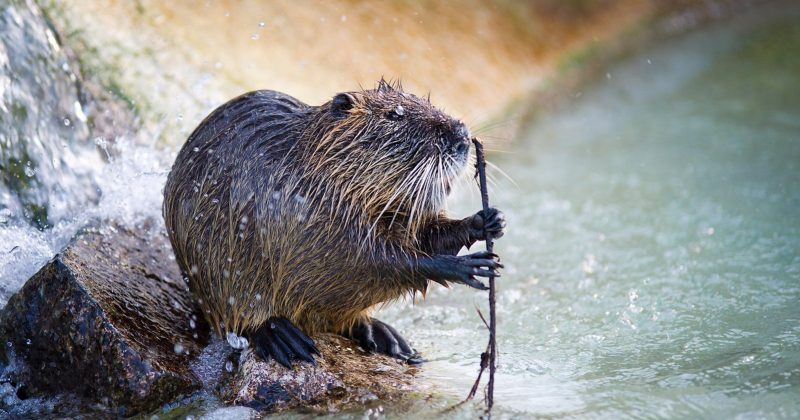
Myths About Climate Change
Firstly, what is climate change?
Climate change is defined as 'the long-term shift in average weather patterns across the world'. It is a natural process and without it our planet would be 30°C cooler. Hostile to life.
The release of carbon dioxide and other greenhouse gases into the atmosphere creates a thick blanket around our planet, insulating it. This is where the name 'greenhouse' comes from.
When we burn fossil fuels like coal, gas and oil, we release gases that trap heat from the sun's incoming rays. Faster warming corresponds with the levels of carbon dioxide in the atmosphere and therefore carbon dioxide is labelled as a major offender contributing to this crisis. Our apparent need for burning hydrocarbon fuels such as wood and coal really doesn't help.
As we cut down forests and burn fossil fuels, we are releasing carbon that combines with oxygen in the air which predominately forms CO2 and water vapour.
It has been said that there is now...





